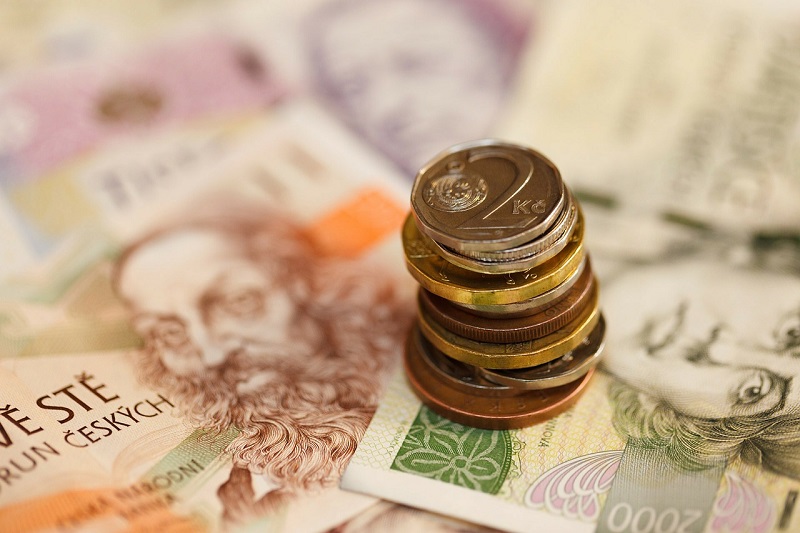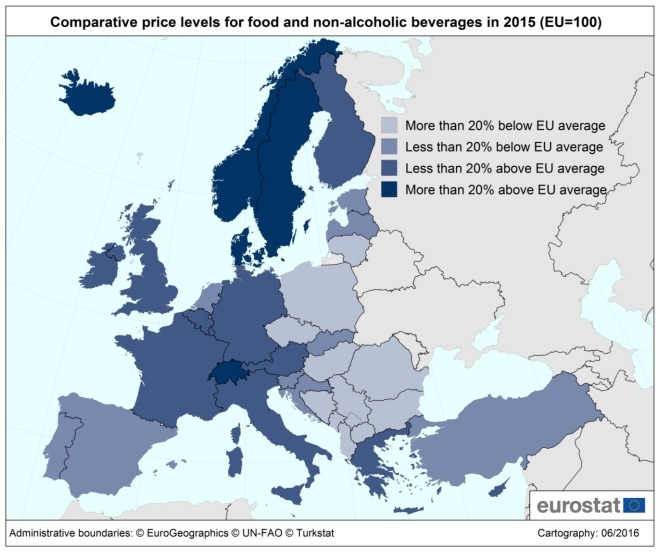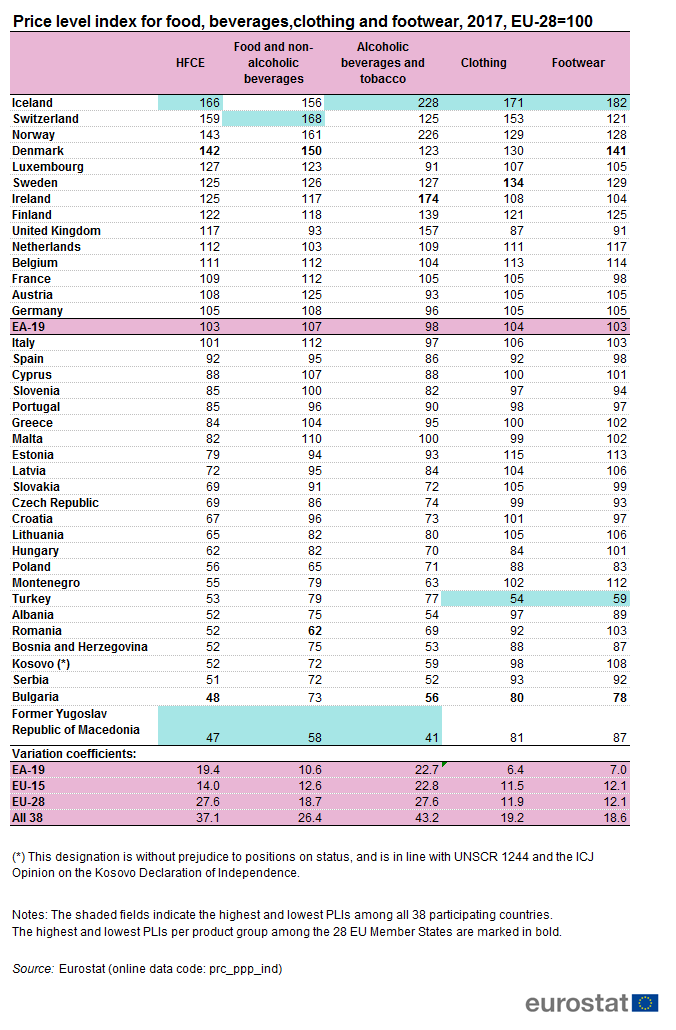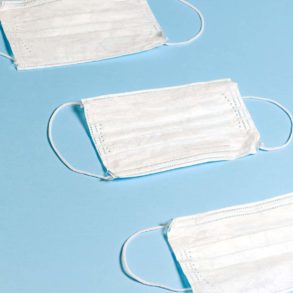Prices in the Czech Republic are significantly lower than in much of Western Europe, but still ahead of several Eastern European countries, the latest data of EUROSTAT shows. The Czech Republic was, for example, at 86% of the EU average food and non-alcoholic beverages in 2016 (79% in 2015). The only place the Czech Republic was not below the EU average was the area of communications. Photo credit: Pixabay
Text by Raymond Johnston
CzechRep, Jun 27 (PTV) – Prices in the Czech Republic in 2017 were at 69% of the European Union average, according to figures from Eurostat.
The most expensive EU country was Denmark, while Bulgaria was cheapest. The eurozone is also ahead of the EU average, at 102.6.
“In 2017, price levels for consumer goods and services differed widely in the European Union. Denmark (142 percent of the EU average) had the highest price level, followed by Luxembourg (127 percent), Ireland and Sweden (both 125 percent), Finland (122 percent) and the United Kingdom (117 percent). At the opposite end of the scale, the lowest price level was found in Bulgaria (48 percent), while Romania (52 percent) and Poland (56 percent) were just above 50 percent of the average,” Eurostat said in press release.
“In other words, price levels for consumer goods and services in the EU varied by almost one to three between the cheapest and the most expensive Member State,” Eurostat added.
Slovakia was just slightly ahead of the Czech Republic, at 69.1 percent, Poland was the cheapest of the neighboring countries, at 56.2 percent. Austria, on the other hand, was at 108.3 percent.
The figures were further broken down into categories.
In 2017, the price level of a comparable basket of food and non-alcoholic beverages across the EU was more than twice as high in the most expensive Member State than in the cheapest one.
Situation in 2015. Source: EUROSTAT 2017.
The Czech Republic was at 86 percent of the EU average food and non-alcoholic beverages. Alcohol and tobacco were at 74 percent, while clothing was at 99 percent and footwear at 93 percent of the EU average. Slovakia was above the EU average on clothes, at 105 percent.
The biggest range in prices was for alcohol and tobacco, with Ireland at 174 percent and Bulgaria st 56 percent. “It should be noted that this large price variation is mainly due to differences in taxation of these products among Member States,” Eurostat said.
Electronics had a tight range of prices. The Czech Republic is third-cheapest at 92 percent with Ireland surprisingly the cheapest at 86 percent and France is most expensive at 110 percent.
Household appliances in the Czech Republic were at 93 percent, furniture and floor coverings at 74 percent, and fuel at 87 percent of the EU averages.
Price level index for household final consumption expenditure (HFCE), 2017. Source: EUROSTAT.
Eating out is relatively cheap in the Czech Republic. “Restaurants and hotels is another category where large differences in price levels were observed. Price levels ranged from 60 percent or less of the EU average in Bulgaria (45 percent), Romania (53 percent) and the Czech Republic (60 percent) to 151 percent in Denmark and 146 percent in Sweden,” Eurostat said.
The only place the Czech Republic was not below the EU average was communications, which was at 100 percent of the average, while neighboring Poland was cheapest at 45 percent.
For transport services, though, the Czech Republic was at 52 percent, second only to Bulgaria at 46 percent. For personal transport equipment, the Czech Republic was also second from the bottom at 82 percent, with Slovakia lowest at 81 percent.
Data are based on the results of a price survey covering more than 2,400 consumer goods and services across Europe. Price level indices provide a comparison of countries’ price levels relative to the European Union average: if the price level index is higher than 100, the country concerned is relatively more expensive than the EU average, while if the price level index is lower than 100, then the country is relatively cheaper than the EU average, Eurostat stated. The ranking does not reflect differences in salaries or purchasing power.
Get the news first! Subscribe to our daily newsletter here. Top stories of the day in your mailbox every morning.










